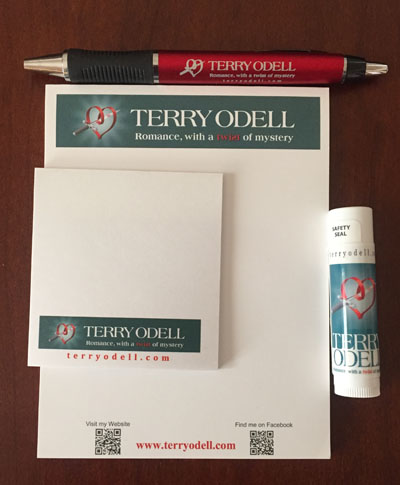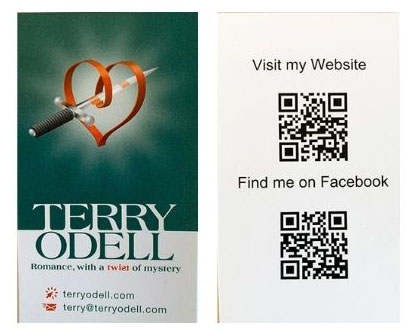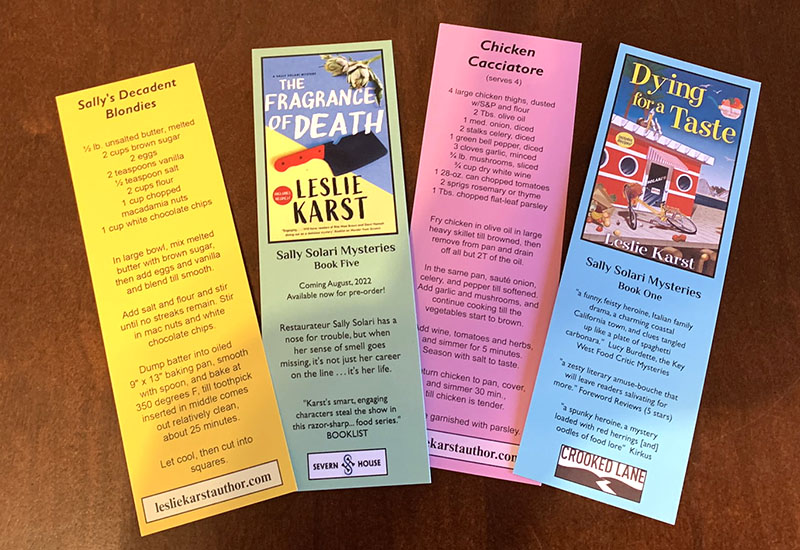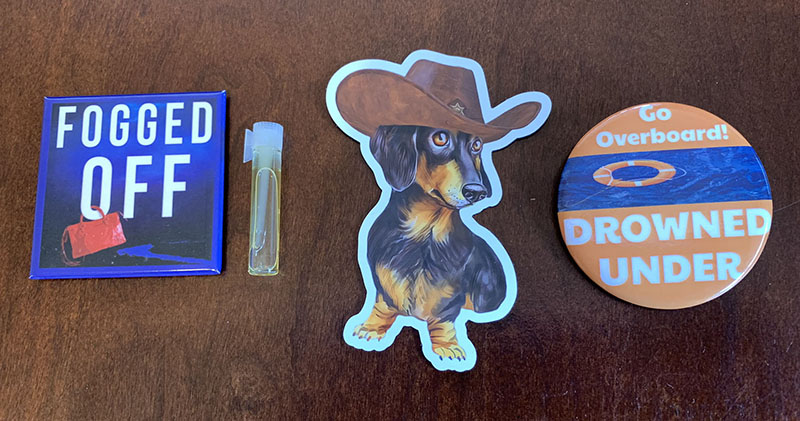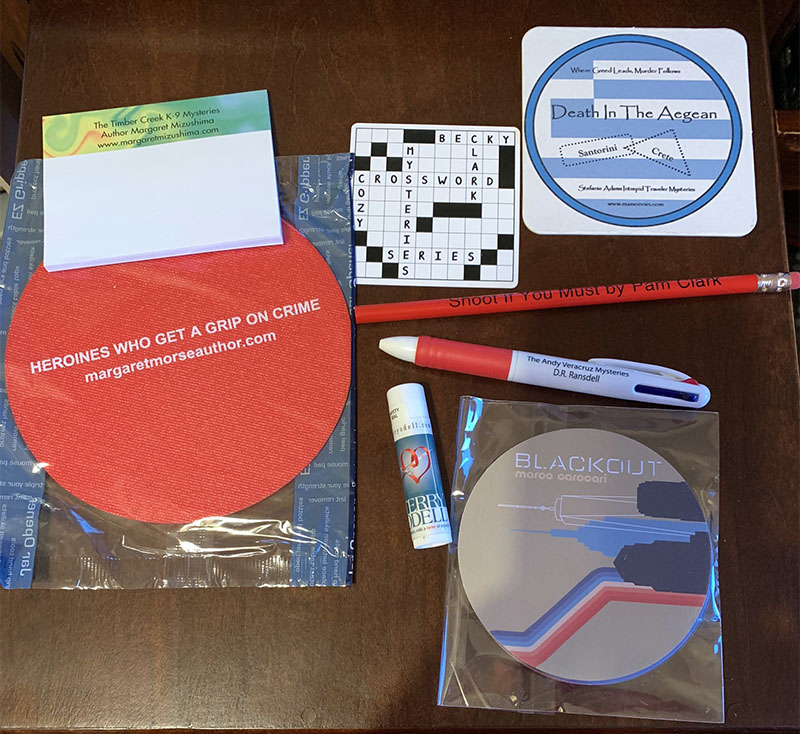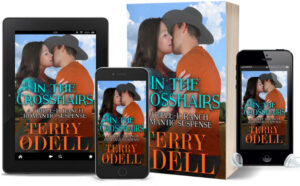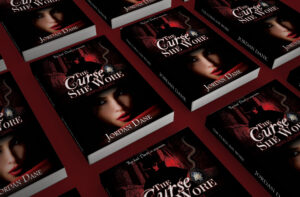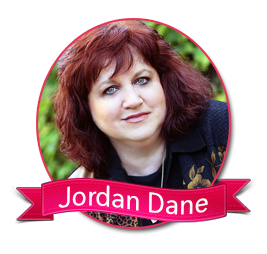Head Shots
Terry Odell
 Never mind that we’re a group focused on writing mysteries, which many people assume will be murder mysteries. This isn’t a post about snipers or ways to take out a bad guy.
Never mind that we’re a group focused on writing mysteries, which many people assume will be murder mysteries. This isn’t a post about snipers or ways to take out a bad guy.
A few years back, a writing buddy and I attended a conference headlined by a best-selling mystery author. When she took her place behind the lectern to deliver her speech, my friend and I exchanged dumbfounded glances. No way was this the person whose picture adorned the program.
But yes, it was. At least ten years and twice as many pounds ago.
If you’re going to be making public appearances, be they at conferences, book signings, zoom meetings, webinars, etc.—you should be recognizable. You’re your brand. Nothing like sitting at a table and having people walk on by because they’re looking for the person they’ve seen on your book covers or your Facebook page, website, or wherever.
Now, if your publisher puts your picture on your book jacket, you’re going to be stuck with that image for years to come. No getting around it. But that doesn’t mean you can’t keep your website and your social media presence current. If you’re an indie author, you can change the author photos in books without much trouble, especially for ebooks.
What goes into getting a decent head shot?
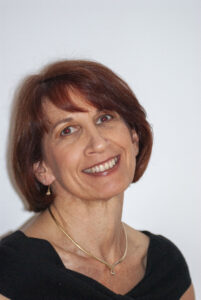 When I had my first contract (for “Words”, a short story then with The Wild Rose Press,) they told me I needed a blog and a website. Which meant I needed a picture of myself. I had the Hubster take one.This was back in 2006, I think. We sent it to my photographer son, and he pointed out (vocally) the mistakes. And, because he knows his way around post-processing software, he fixed them. Those software programs have come a long way since 2006, and are easier for the lay person to use. If you’re going the DIY route, you should consider learning to use one, at least to do things like resizing for site specifications.
When I had my first contract (for “Words”, a short story then with The Wild Rose Press,) they told me I needed a blog and a website. Which meant I needed a picture of myself. I had the Hubster take one.This was back in 2006, I think. We sent it to my photographer son, and he pointed out (vocally) the mistakes. And, because he knows his way around post-processing software, he fixed them. Those software programs have come a long way since 2006, and are easier for the lay person to use. If you’re going the DIY route, you should consider learning to use one, at least to do things like resizing for site specifications.
My son’s a nature/travel photographer by choice, but because I’m The Mom, he makes an exception now and does my portraits. Another perk is that he gives me a selection of poses which I can use in different places, or change them out from time to time, which is something you should try to get, too. These are examples of shots he’s done over the years.
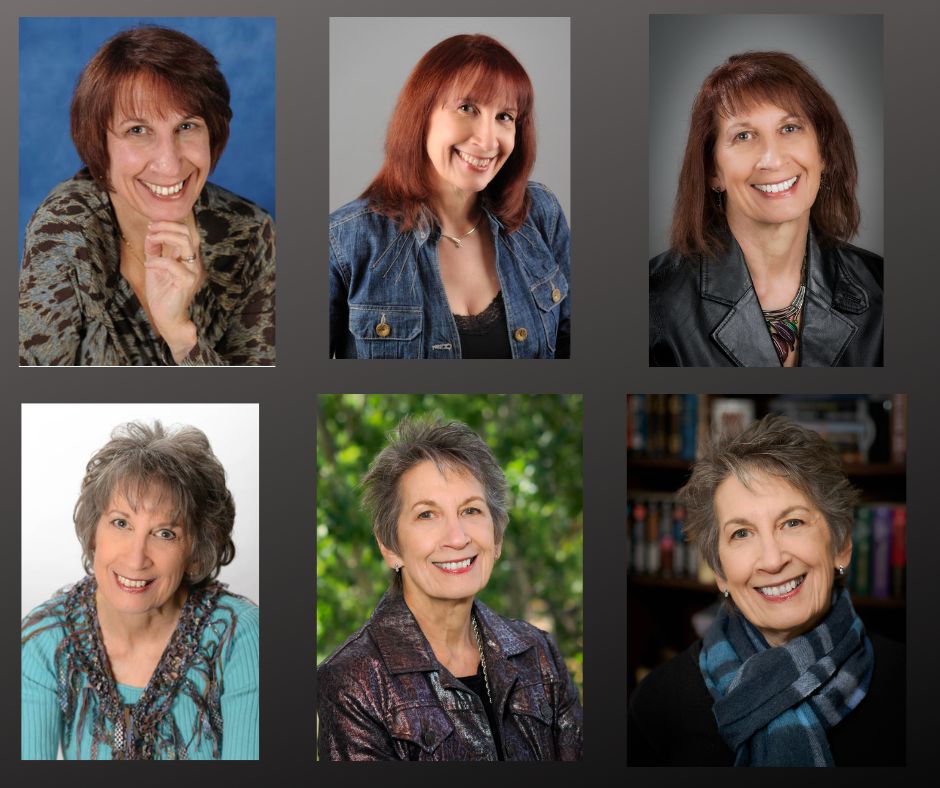
 Facebook has separate sites for profiles (my personal stuff) and pages (my Author stuff), it’s nice—for me at least—to glance at my picture and know which site I’m on. Also, I can use candid shots on my profile, which I change out more often.
Facebook has separate sites for profiles (my personal stuff) and pages (my Author stuff), it’s nice—for me at least—to glance at my picture and know which site I’m on. Also, I can use candid shots on my profile, which I change out more often.
Where does/should your image show up? Your website, of course. Your social media pages. And yes, it can be different depending on your audience. There’s your Gravatar, which will show up when you comment on WordPress sites. There’s probably a way to add an image to other blog sites, but I haven’t run into enough of them to dig into where to set it. What about your book pages at sales channels? Amazon/Author Central includes your photo. So does Books2Read. When was the last time you checked your pages?
Things to consider when setting up a shooting session.
Keep clothing simple. No wild patterns, no flashy jewelry.
Likewise, no distracting backgrounds. For my most recent session, my son had moved to a new home and no longer had studio space. No more different colored backdrops. No more studio lighting. So, he came up to my place in the mountains. We had nice weather, and the lighting was good on the deck, so we shot some out there and some in my office with my bookshelves in the background.
Be aware that the background should be In The Background, and not call attention away from you. Your photographer should know how to deal with this. Had the leaves been in focus, they’d have created a busy image. Same with the books.
Your head shot should say “I’m an author.” If possible, it should reflect your genre, your books, or something about you. If you write in multiple genres, consider different looks for each.
Bottom line. Your author photos should look like YOU. And they should look like you NOW. Is your hair totally different? Length, color, style? Do you still have hair? What about facial hair? Did you add/subtract a trademark mustache? I avoided redoing head shots when I was going through a royal blue hair phase because I knew it was for fun, and wouldn’t last.
I got into this writing gig about 20 years ago. Much as it pains me to see that older person looking out from the screen, that’s who I am. Might as well embrace it.
How do you handle your online image?
Any authors who do it well? How?
 Available Now
Available Now
Deadly Relations.
Nothing Ever Happens in Mapleton … Until it Does
Gordon Hepler, Mapleton, Colorado’s Police Chief, is called away from a quiet Sunday with his wife to an emergency situation at the home he’s planning to sell. A man has chained himself to the front porch, threatening to set off an explosive.
 Terry Odell is an award-winning author of Mystery and Romantic Suspense, although she prefers to think of them all as “Mysteries with Relationships.”
Terry Odell is an award-winning author of Mystery and Romantic Suspense, although she prefers to think of them all as “Mysteries with Relationships.”

